2. Objective
3. Introduction
4. Attentive Point at the for giving this lesson
5. Procedures
Every day, business people need to make decisions about how many airplanes to produce or houses to build. They wish that they could predict what the economy is going to do in six months or a year. While economists cannot predict exactly how the economy will behave, they can make educated guesses. In this chapter students will learn about how economists measure the country's economic performance and make forecasts about future economic activity.
The main concepts of this unit are "National income accounting", "Gross Domestic Product (GDP)". Attending this class, students can learn about the definition of main concepts and apply them to real economy. Also, by practicing activity about definitions of GDP, students realize that GDP is not a perfect yardstick and learns about other income and output measures.
4. Attentive Point at the for giving this lesson
This lesson is aimed at explaining the exact meaning of GDP and getting them to know the way of calculating and the main limitations of GDP. GDP is not familiar to students because it is an abstract economics definition, so teachers will try to teach this concept using the various examples and visual materials. Especially. teachers should make sure that students will not lose their interest during the class explaining the abstract concepts. When they do the group activities, keep them from being too distracted or noisy.



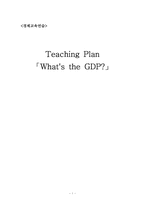
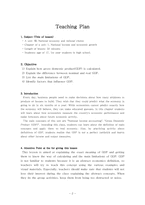
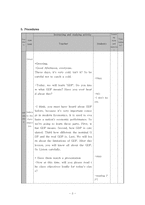

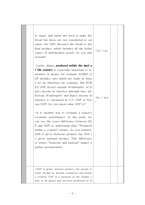
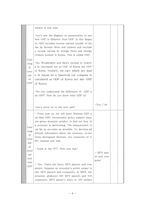

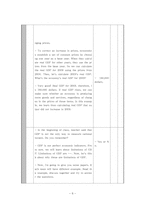
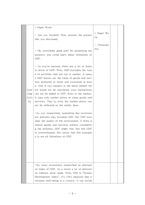
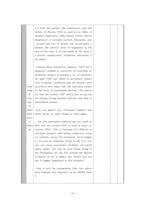

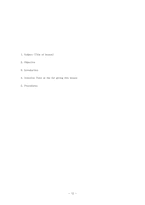
 분야
분야


